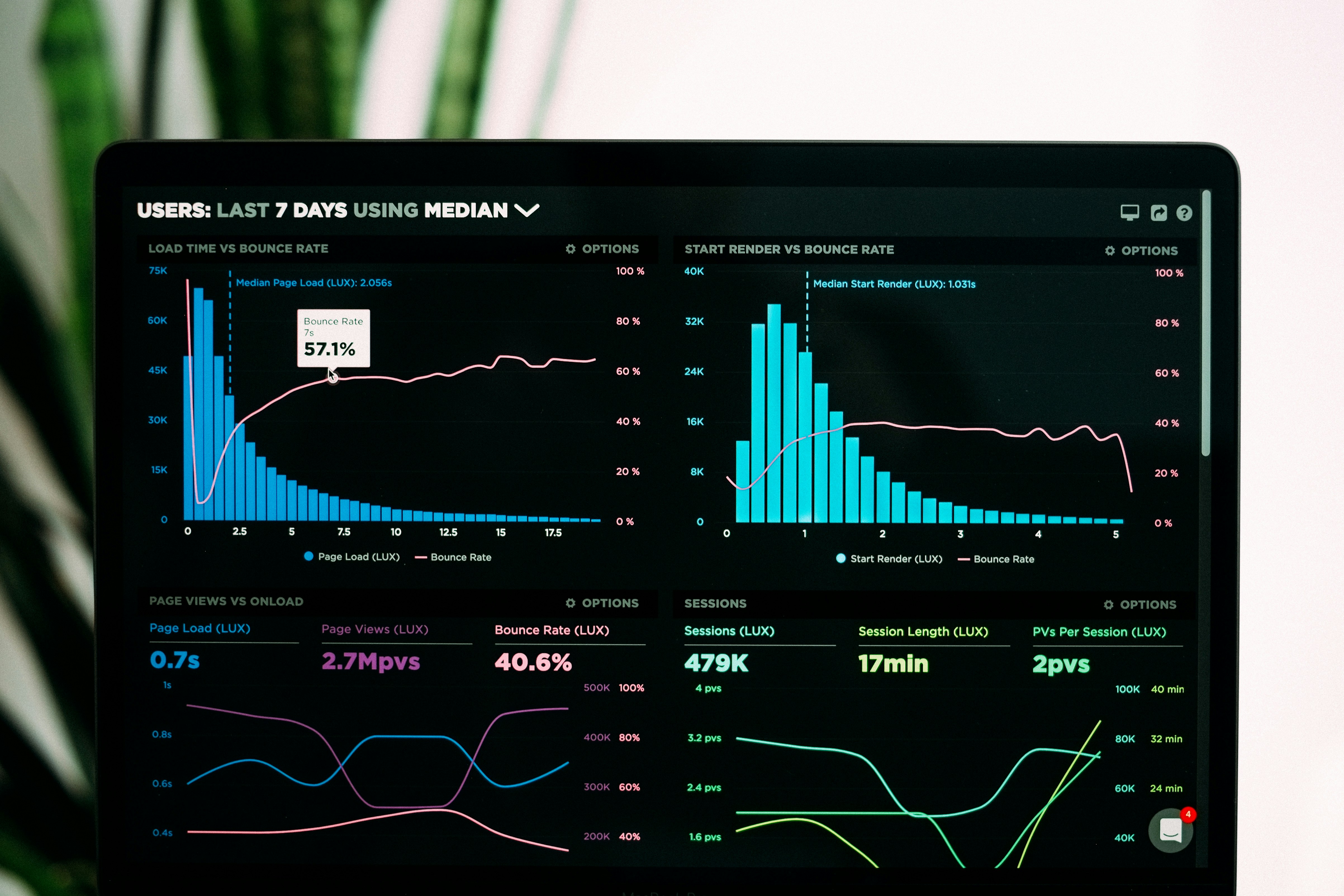📚 Table of Contents
The Rise of Remote Design Jobs
Have you ever wondered which companies are leading the charge in hiring remote designers? The demand for skilled designers who can work from anywhere has skyrocketed in recent years, with businesses recognizing the value of flexible talent. From startups to tech giants, organizations across industries are embracing remote work for design roles, offering unparalleled opportunities for creative professionals.
The shift to remote work isn’t just a temporary trend—it’s a fundamental change in how companies operate. Designers now have access to global job markets without geographical constraints, while employers benefit from diverse talent pools. This transformation has created a thriving ecosystem for remote design jobs, with certain companies standing out as particularly active in their hiring.
Top Companies Hiring for Remote Design Jobs
The landscape of companies hiring remote designers is vast and varied. Here’s an in-depth look at some of the most prominent organizations actively seeking design talent:
Tech Industry Leaders
Major technology companies have been at the forefront of remote work adoption. Companies like Adobe, Autodesk, and Shopify consistently post remote design positions ranging from UX/UI to motion graphics. These industry giants offer competitive salaries, comprehensive benefits, and opportunities to work on globally recognized products.
Digital Agencies
Creative agencies such as IDEO, Frog Design, and Huge have adapted their operations to include remote designers. These firms typically look for specialists in branding, digital product design, and service design who can collaborate effectively across time zones.
Startup Ecosystem
Fast-growing startups like Figma, Canva, and Notion are constantly expanding their design teams remotely. These companies often provide more flexibility and the chance to shape products from early stages, though they may require broader skill sets than specialized roles at larger firms.
E-commerce Platforms
With the boom in online shopping, companies like Etsy, Wayfair, and Shopify are investing heavily in design talent to improve their digital experiences. These roles often focus on conversion optimization, visual merchandising, and mobile app design.
Enterprise Software Companies
Organizations like Salesforce, Oracle, and SAP maintain large remote design teams working on complex enterprise solutions. These positions typically require experience with design systems and the ability to simplify intricate workflows.
Skills in Demand for Remote Designers
While technical design skills remain fundamental, remote work demands additional competencies that set successful candidates apart:
Technical Proficiency
Mastery of industry-standard tools is non-negotiable. For UX/UI roles, this includes Figma, Sketch, and Adobe XD. Motion designers need After Effects expertise, while product designers should understand prototyping tools like Principle or ProtoPie.
Communication Skills
Remote designers must excel at written and verbal communication to collaborate effectively across distributed teams. This includes documenting design decisions clearly, presenting work remotely, and participating in asynchronous discussions.
Self-Management
The ability to work independently while maintaining productivity is crucial. Successful remote designers establish strong routines, meet deadlines without supervision, and proactively communicate progress.
Cultural Awareness
With teams spanning multiple countries, understanding cultural differences in design preferences and communication styles becomes increasingly important for remote designers.
How to Stand Out as a Remote Designer
In a competitive remote job market, designers need strategies to differentiate themselves:
Portfolio Optimization
A strong online portfolio should showcase not just final designs but your process—research, iterations, and problem-solving approach. Include case studies that demonstrate how your work impacted business metrics.
Specialization
While generalists have value, developing deep expertise in a particular area (like mobile UX, design systems, or AR/VR interfaces) can make you more attractive to companies with specific needs.
Remote Work Proof
Highlight previous remote experience or freelance projects in your resume. If you lack professional remote experience, contribute to open-source design projects to demonstrate your ability to collaborate virtually.
Continuous Learning
Stay current with emerging design trends and tools. Online courses, certifications, and side projects show initiative and adaptability—qualities highly valued in remote workers.
Job Search Tips for Remote Design Roles
Finding the right remote design position requires a targeted approach:
Specialized Job Boards
Beyond general platforms, explore design-specific job boards like Dribbble Jobs, Behance Jobs, and AIGA Design Jobs. Remote-focused sites like We Work Remotely and Remote.co also feature quality design opportunities.
Company Research
Investigate companies’ remote work cultures before applying. Look for organizations with established remote practices rather than those newly experimenting with distributed teams.
Networking
Engage with design communities on Slack, Discord, and LinkedIn. Many remote positions are filled through referrals before being publicly posted.
Application Strategy
Tailor each application to the specific role and company. Generic applications rarely succeed in competitive remote design job markets.
Conclusion
The remote design job market offers unprecedented opportunities for creative professionals worldwide. By understanding which companies are actively hiring, developing in-demand skills, and implementing effective job search strategies, designers can build fulfilling careers without geographical constraints. The future of design work is distributed, and the companies leading this transformation are creating exciting possibilities for talent everywhere.


Leave a Reply